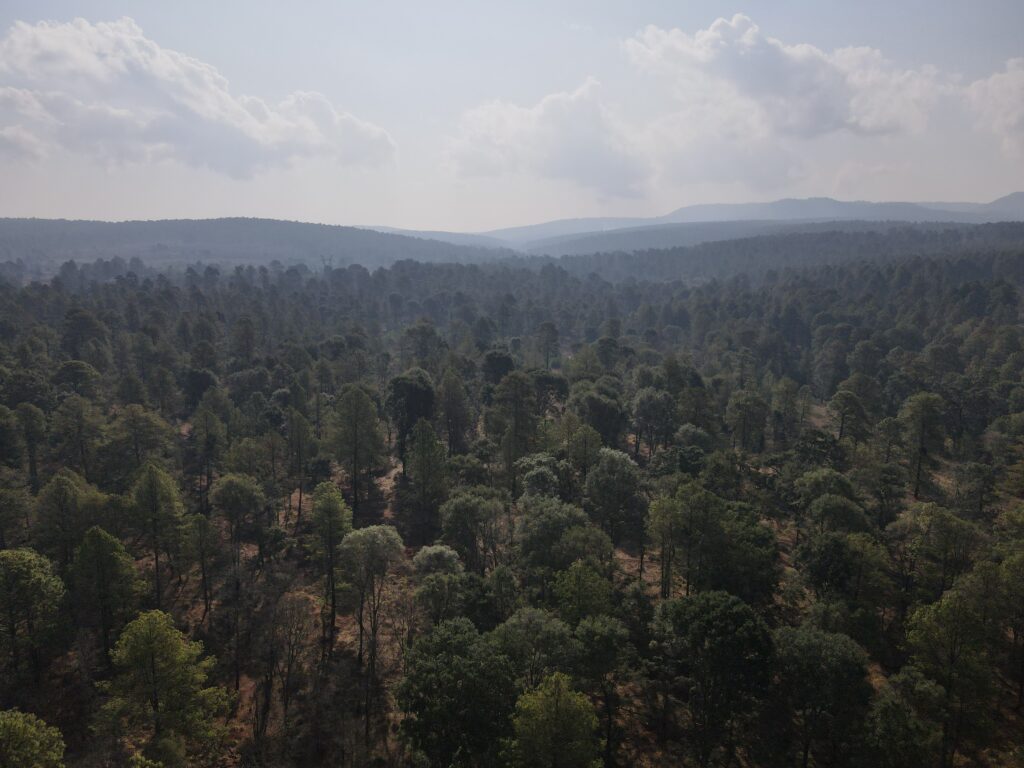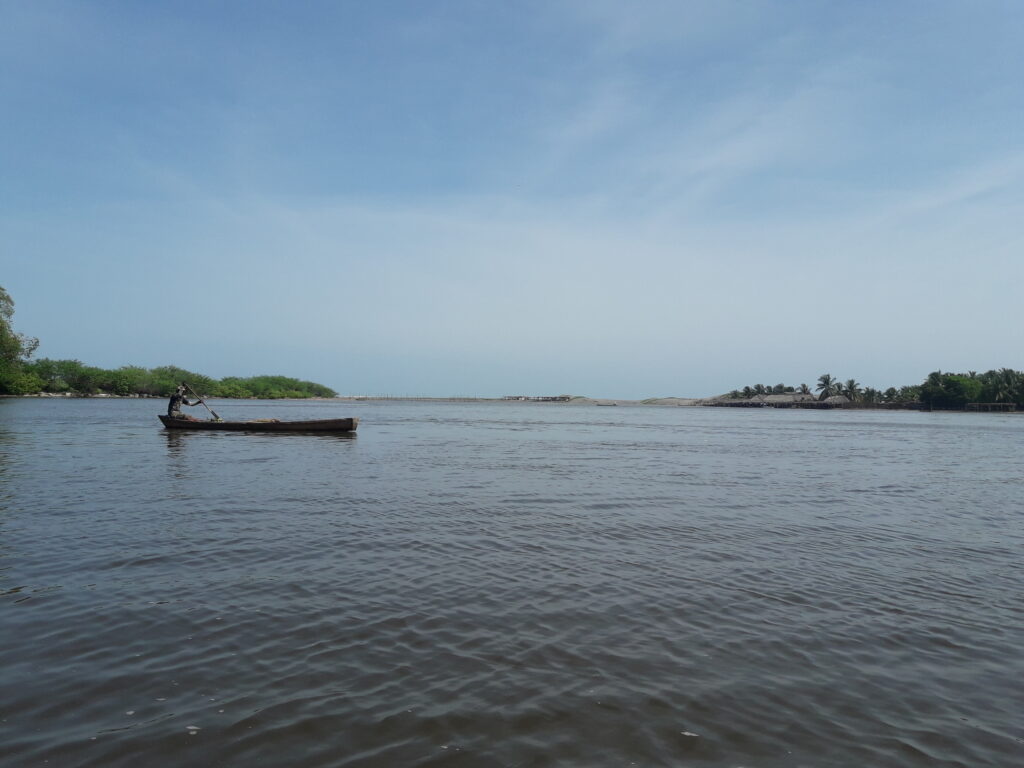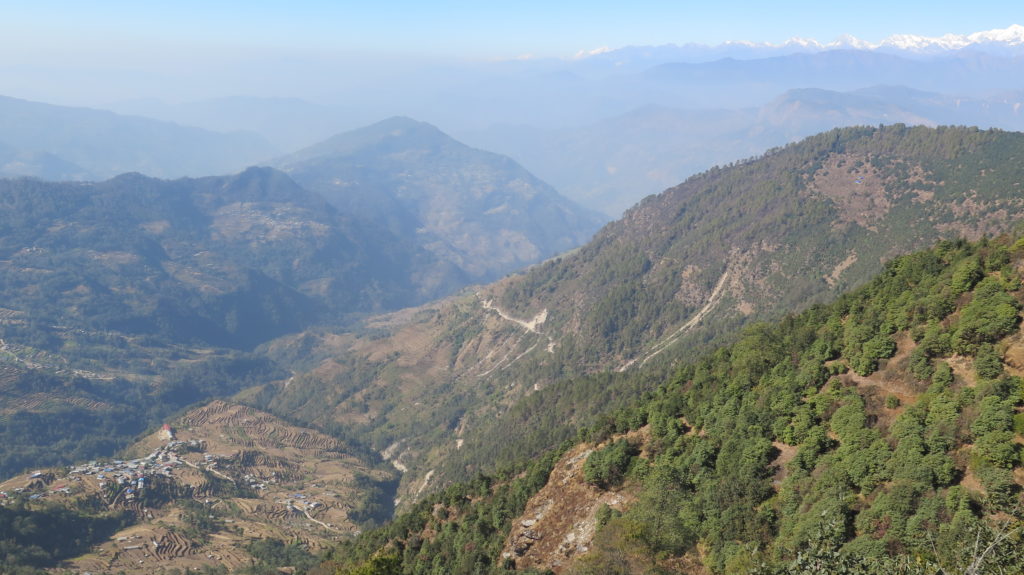
Case study
Protecting Water in San José, Costa Rica
Building support and attracting investment for the Agua Tica Water Fund by defining common goals, tracking progress, and credibly communicating results
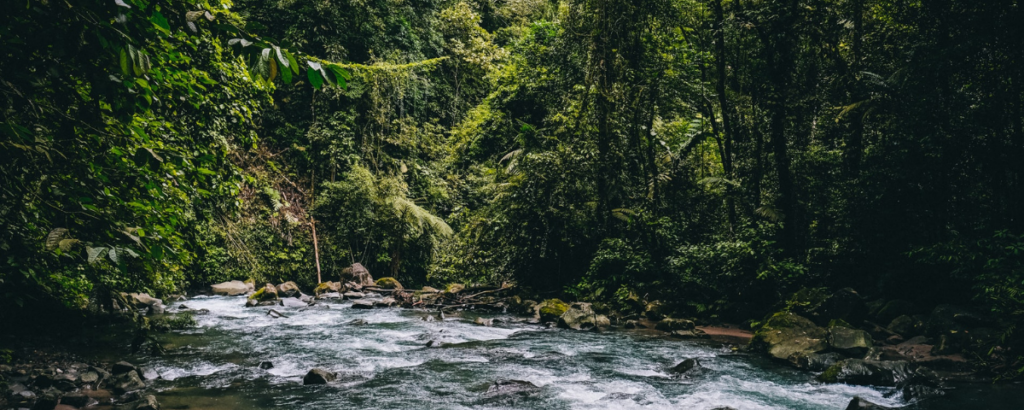
The Greater San José Metropolitan Area — a landscape larger than New York City — is home to millions of people and the largest industrial area in Costa Rica. The landscape generates roughly $110 million in annual revenue from the agricultural industry. The capital’s residents and industry depend on the Grande and Virilla River catchment as an essential source of water. However, high population growth, poor urban planning, and changing land uses have degraded this water source, transforming the basin into one of the most polluted in Central America, with the highest level of water stress in Costa Rica.
Using LandScale to Support Collaborative Action
In 2019, IUCN partnered with Agua Tica — a private and public water fund — to conduct a LandScale assessment to understand the risks and opportunities in the watershed and establish a baseline to measure progress against. The holistic assessment helped IUCN and partners develop a clear action plan to implement an integrated landscape-level restoration model and set measurable targets for improvements.
Based on the assessment, partners identified coffee plantations in high-impact areas in the landscape to introduce soil and agroforestry management practices. Implementing these practices will reduce sediment and nutrients in water recharge areas, thus decreasing water treatment costs downstream. Improved soil and agroforestry will also encourage the slow release of water during dry seasons, which is critical for water providers to maintain continuous supply at a reasonable cost.
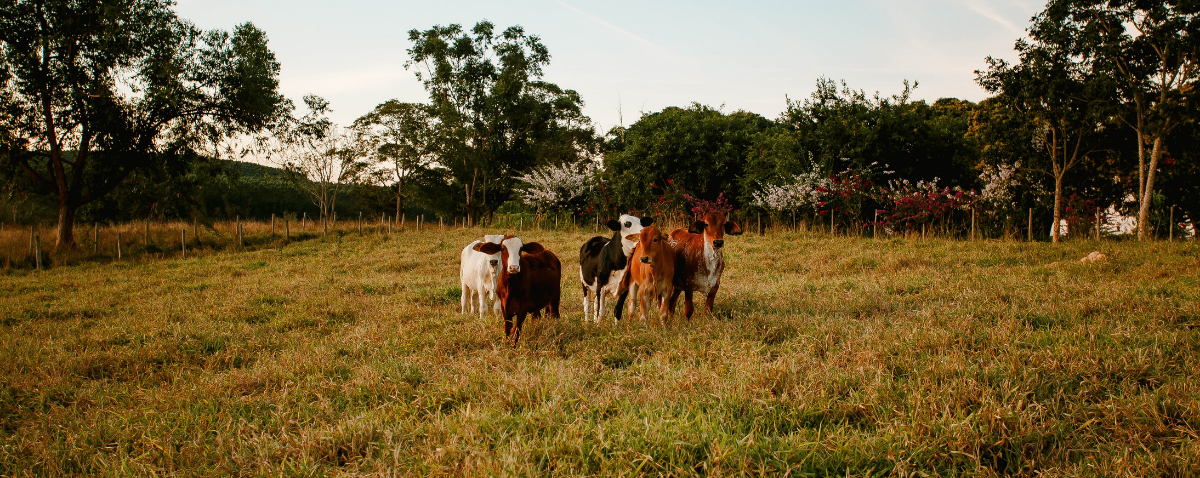
The assessment also highlighted livestock areas that should adopt more sustainable farming practices to improve water quality and quantity. Sustainable farming practices can allow farmers to set aside a portion of their farm area for restoration or conservation. These buffer zones help decrease the risk of flooding and drought by releasing water into rivers more slowly than deforested areas. Forest patches also play a crucial role in filtering pollutants that wash into the water from agricultural land through the surface and groundwater.
Tracking Progress and Impact
To fund these improvements, the action plan developed by IUCN and Agua Tica encourages water companies to introduce a new water tariff. The funds collected through the tariff can be used to incentivize good agricultural practices, as well as forest conservation and regeneration.
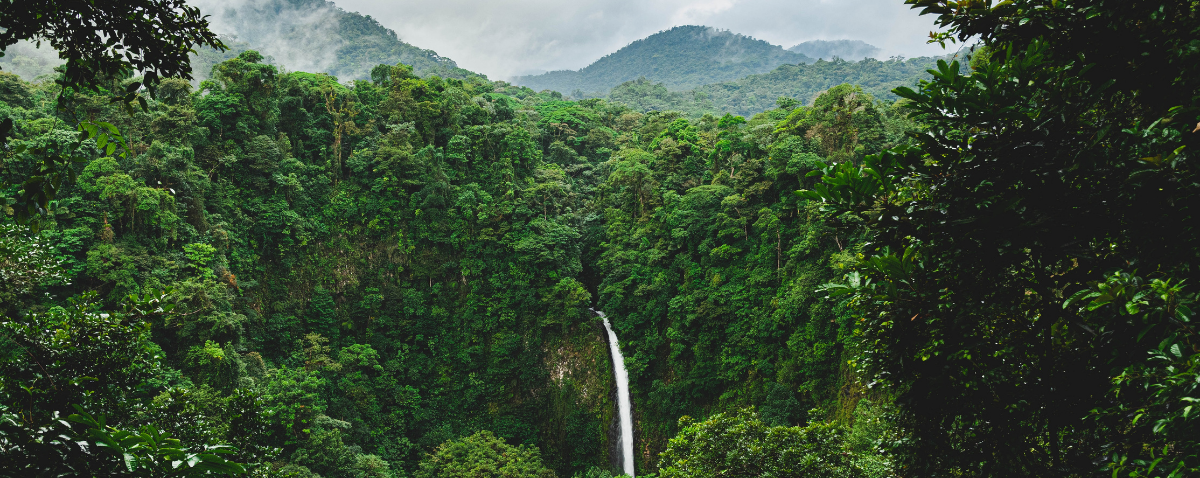
Water companies will use assessment results to gain support for the tariff and provide evidence to their customers that the tariff contributes to improvements in restoration. Using LandScale, landscape stakeholders, such as livestock and coffee farmers, can also credibly report their contributions to improving the sustainability of the landscape and communicate confidently on their progress in global sustainability programs.
